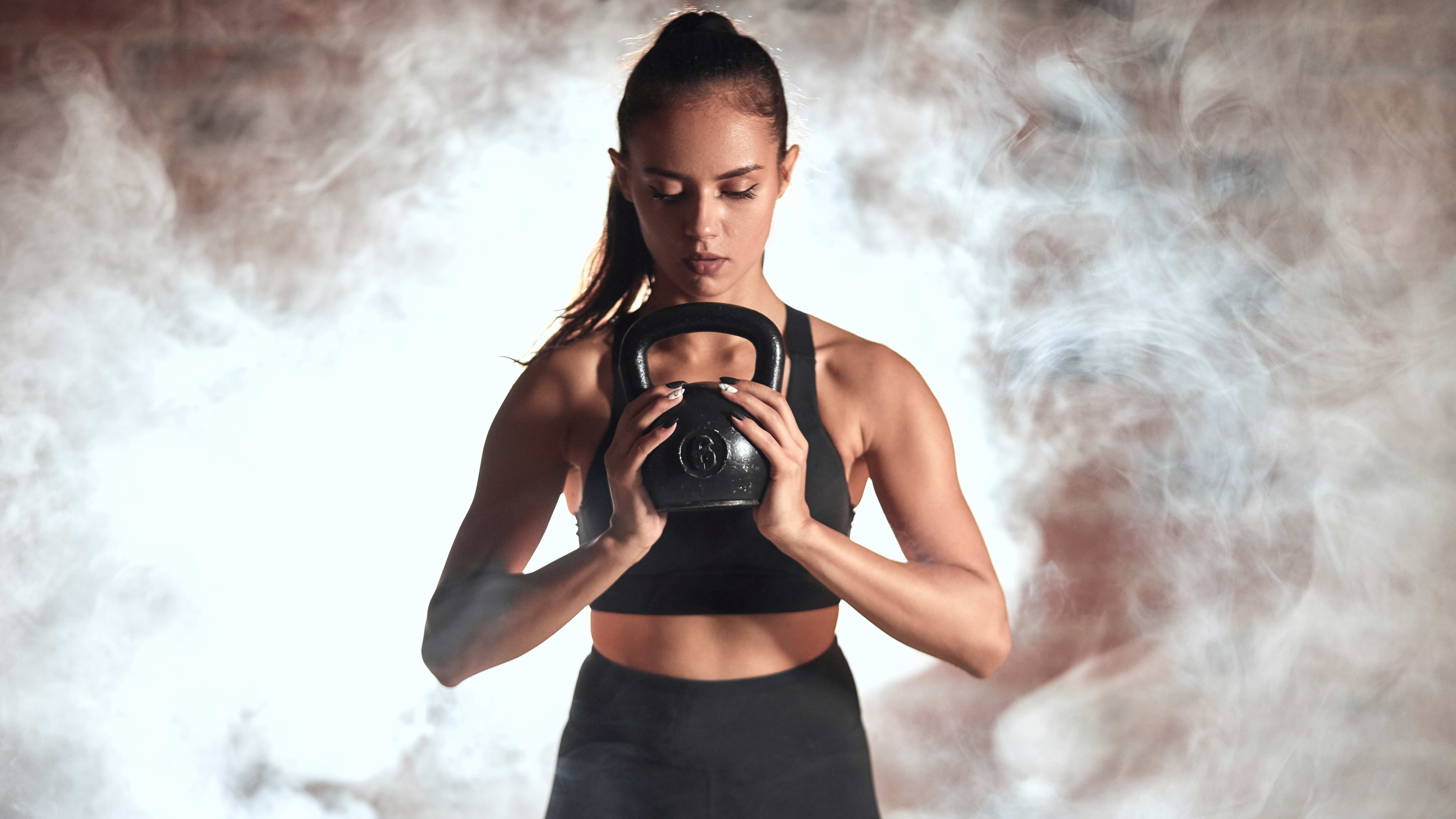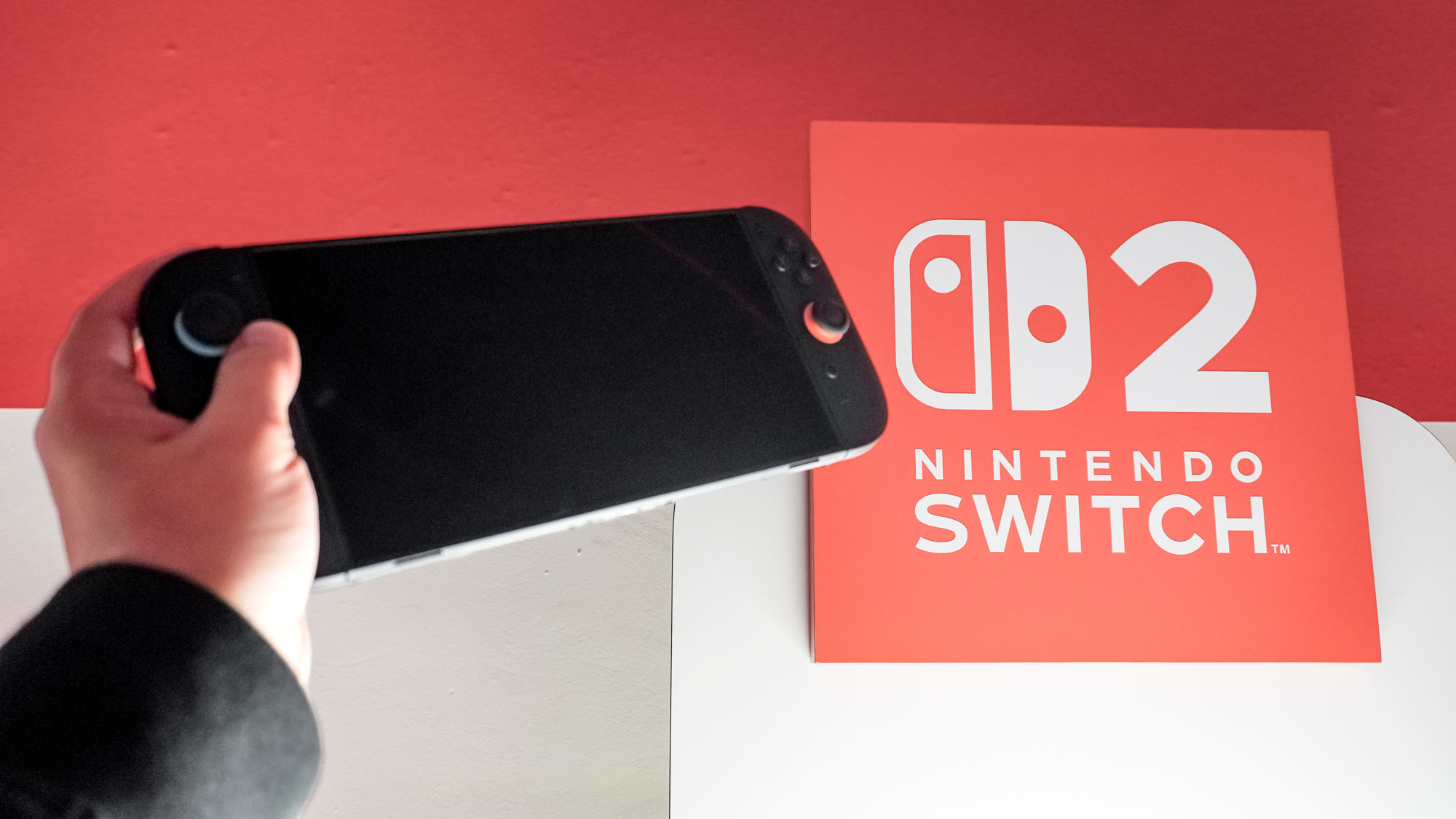I did the standing dumbbell twist for a week — here’s what happened to my abs
This simple move really works your oblique muscles — and a lot more besides

Most people who work out will spend time on their abdominal muscles, for practical reasons — and, let’s not kid ourselves, for aesthetic ones, too. (There’s nothing wrong with that.) However, we tend to focus on our rectus abdominis, the long muscle that lies along the front of the abdomen. For some, the visible six-pack is the dream, but if you want a strong overall core, you need to work on your oblique muscles, external and internal. The standing weighted twist is a great way of focusing on these often neglected muscles. And it has other — surprising — benefits, too.
What is the standing dumbbell twist?
It is, more or less, what you think it is. In a standing position, you hold a weight and you twist (but, for the love of God, not in a Chubby Checker way — you probably did that last summer). Also known as the standing oblique twist, it’s a dynamic move that gives those side core muscles a vigorous workout. It will also improve flexibility in your hips and lower back, and, depending on the weight you use, it will work your upper back and shoulders somewhat. That said, the focus should be on your core; you have all day to challenge those other muscles with plenty of different, targeted moves.
How do I do it?
For this exercise, you'll need some sort of weight. This could be one of the best adjustable dumbbells, or one of the best kettlebells, or a weight plate. Hold it in two hands, with your arms straight.
- Stand tall, with your knees slightly soft, feet hip-width apart. Hold a dumbbell vertically in both hands and raise it to chest height in front of you, arms straight. You can also use an exercise ball.
- Contract your core muscles and, keeping your arms straight and the weight at chest height, smoothly twist to one side to just past your shoulder. Follow the motion with your head but do not move your lower body. Now repeat the move to the other side. That’s one rep.
- Aim for three sets of 10 to 20 to begin with. As you improve, feel free to speed up, but maintain form and don’t overdo the movement.
Here’s what happened when I did the standing dumbbell twist for a week
Day one
I launched into this one with my customary overconfidence; the usual hard lesson followed soon afterwards. On day one, I used a 10lb weight and while I finished three sets of 20, I felt the exercise more in my lower back and shoulders than in my core. The shoulder strain was owing to the fact I was drawing my shoulder blades back and, more importantly, using a weight that was too heavy for the move to have the greatest effect where it is intended. I spend a lot of my working day sitting down, so I did enjoy the looseness I felt in my hips after the exercise, but I was barely tapping its potential. I tried one set with my feet together but this felt awkward and I was less stable.
Day two
On day two, I used a lighter weight (5lb) and felt a satisfying tightness in my core, and my latissimus dorsi muscles (lats) were getting in on the act, too. These stretch from the mid to lower back and play a part in extending the arm, so this made sense. I did three sets of 30 and felt good, but I noticed a tendency to move my knees to follow the twist in my torso. Watch for this; your knees are unfailingly accommodating joints and if they can help you out, they will do so without complaint, until they start complaining. This one is all about the torso. Give your knees and hips a rest. Remember, too, to perform the move smoothly and don’t twist so far that you can admire your own butt. I’ve seen guys do this one in gyms, using hefty weight plates, and they appear to be trying to unscrew their torso.
Day 3
This is a move you should be able to feel the following day, in a good way. This was the case with me — on day three, while I could still feel the effect in my lats, I noticed greater focus in my oblique core muscles as I did the exercise. Like other core muscles, they support and stabilise the body, are vital for body rotation and flexing, and the internal obliques even play a part in forcing air from the lungs when you exhale. In short, they deserve all the attention you can give them.
Days 4-7
Once you’ve sorted out your form, this is one of the easiest of core exercises and you can do it anywhere, so there’s no excuse. The rest of the week was about increasing my reps, though I did try the move with a 6lb exercise ball on day five, which I found slightly easier, as the grip — two hands on either side of the ball rather than having one on top of the other, holding a dumbbell — facilitated a smoother twisting motion. Try both to see which you prefer.
Sign up to get the BEST of Tom's Guide direct to your inbox.
Get instant access to breaking news, the hottest reviews, great deals and helpful tips.
With each passing day, I felt looser in the hips and lower back, even first thing in the morning. Obviously, building core strength takes longer than a week, but this move is fairly easy to master and you can do it almost anywhere. Give it a try; you won’t regret it. If you find it’s getting boring, pretend you’re an old-timey lighthouse. I, of course, did not do this, for I am a man of great dignity. I simply made the noise of a garden sprinkler.
More from Tom's Guide
John is a writer and editor based in London. He was worked for magazines such as Runner’s World, Men’s Health, Women’s Health and Cosmopolitan. A keen runner, what he lacks in ability he makes up for with enthusiasm and excuses.

